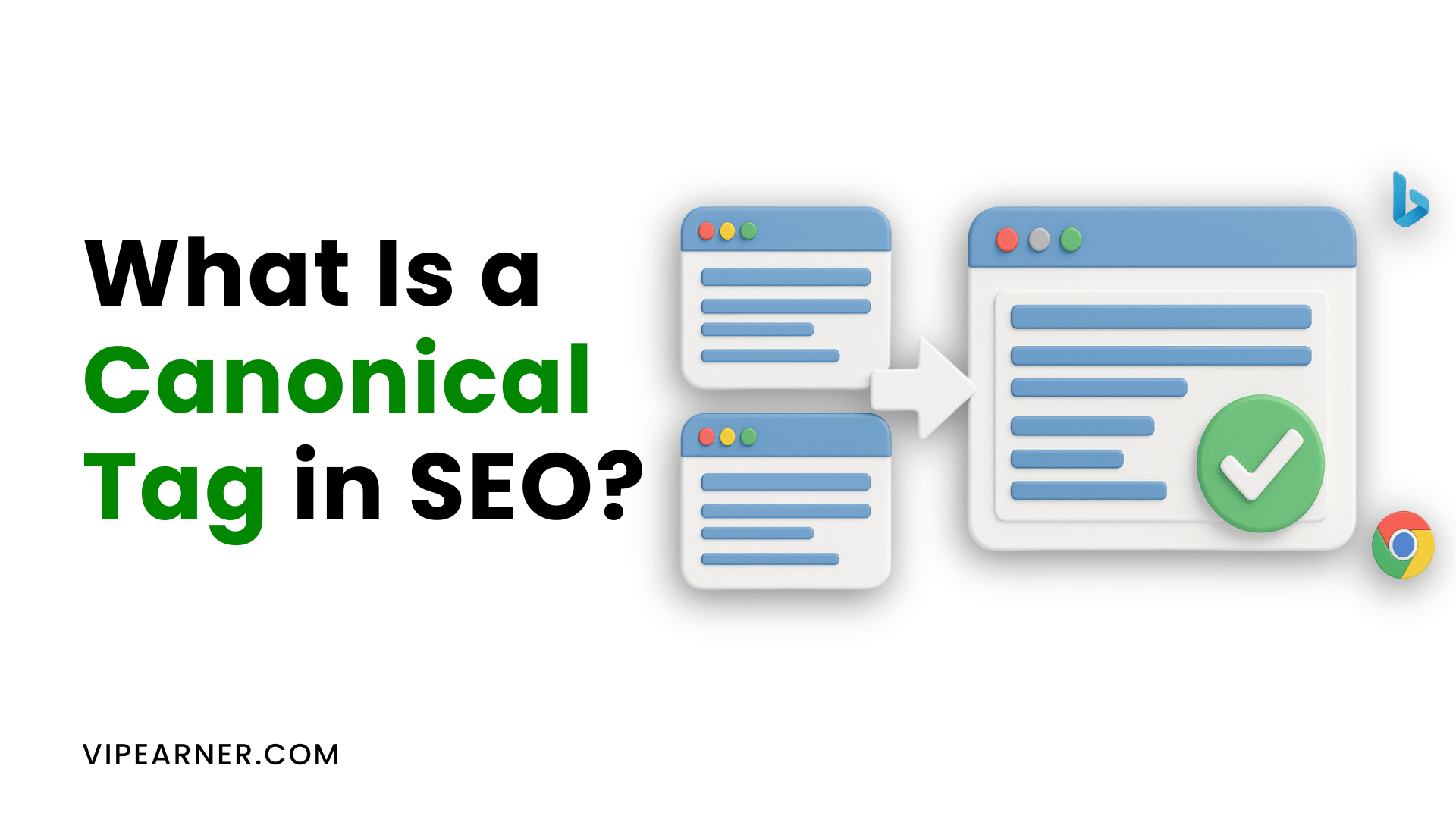Schema markup is a standardized way to label your page content so search engines know exactly what it means. By adding structured data you can unlock rich search results like review stars event details and recipe cards that boost visibility and click through rates.
What Is Decentralized Finance (DeFi): The Future of Finance?

1. An Introduction to DeFi
Decentralized Finance, or DeFi, is a movement that leverages blockchain technology to enable financial services without traditional banks or intermediaries. Built on open-source technology, DeFi allows anyone with internet access to borrow, lend, and invest directly. This democratization of finance is allowing people worldwide to access tools that were once limited to those with established banking access. DeFi has already attracted millions of users and billions in locked assets, showing its potential to become a significant part of the global financial system.
2. What Is Decentralized Finance (DeFi)?
DeFi is an umbrella term for various financial services built on blockchain technology, predominantly Ethereum. Unlike traditional finance, DeFi operates without central intermediaries, relying instead on smart contracts—self-executing digital agreements that are activated when specific conditions are met. These contracts automate transactions and remove the need for traditional middlemen, creating a direct, secure, and transparent financial ecosystem.
- Smart Contracts: Digital contracts that run on the blockchain, automating transactions without human intervention.
- Decentralized Applications (DApps): User-friendly platforms built on blockchain that provide services like lending, borrowing, and trading.
- Stablecoins: Cryptocurrency tokens that are pegged to traditional assets like the U.S. dollar, providing stability in DeFi transactions.

3. Core Components of DeFi
At the heart of DeFi are several essential components that enable its functionality:
- Smart Contracts: Self-executing contracts that allow for secure, automatic execution of transactions, eliminating the need for intermediaries.
- Decentralized Applications (DApps): Built on blockchains like Ethereum, DApps enable users to interact directly with DeFi services such as trading, lending, and borrowing.
- Stablecoins: These are digital assets pegged to stable assets, helping to counteract the volatility typical in crypto markets.
4. Comparison Table: Traditional Finance vs. DeFi
| Aspect | Traditional Finance | DeFi |
|---|---|---|
| Intermediaries | Banks and financial institutions | No intermediaries, peer-to-peer |
| Access | Based on verification and credit history | Open to anyone with internet access |
| Transparency | Limited visibility, governed by central authorities | Public blockchain, fully transparent |
| Fees | Higher fees due to intermediaries | Lower fees due to automation |
5. Key Benefits of DeFi
DeFi’s decentralized nature offers significant benefits over traditional finance:
- Accessibility: Anyone with internet access can join DeFi platforms, opening financial opportunities for those who may not have access to banks or traditional financial institutions.
- Transparency: All transactions are publicly recorded on the blockchain, allowing users to verify transactions and ensure the integrity of the DeFi ecosystem.
- Control Over Assets: Users maintain full control over their assets and financial decisions without relying on third-party custodians.
6. Potential Risks and Challenges
Despite its advantages, DeFi also comes with risks that users need to understand:
- Security Risks: Smart contracts are vulnerable to code errors or hacks, leading to potential losses if not properly audited.
- Regulatory Uncertainty: DeFi operates in a regulatory gray area, and new laws could impact its accessibility and legality.
- Volatility: The value of DeFi assets can be highly volatile, affecting returns on investments like lending and yield farming.
7. Government Regulation of DeFi
As DeFi expands, governments are paying close attention to its impact on traditional finance. In the United States, the Securities and Exchange Commission (SEC) has voiced interest in regulating DeFi due to concerns about fraud and consumer protection. Similarly, Europe is establishing frameworks like MiCA (Markets in Crypto-Assets) to govern DeFi operations, ensuring compliance with anti-money laundering (AML) and Know Your Customer (KYC) regulations. These efforts aim to protect consumers while allowing DeFi to innovate responsibly.

8. Tax Implications of DeFi
Activities in DeFi, such as staking, yield farming, and token swaps, often have tax implications. In many countries, these activities are considered taxable events, and users must report their earnings. For instance, capital gains taxes may apply to profits made from DeFi trading, while income taxes could apply to staking rewards. Tools like CoinTracker and Koinly help users keep accurate records of their DeFi activities, simplifying tax reporting and ensuring compliance with local tax regulations.
9. Getting Started with DeFi
Starting with DeFi is straightforward with the right tools and resources:
- Set Up a Digital Wallet: Use wallets like MetaMask or Trust Wallet to store assets and access DeFi platforms.
- Research Reputable Platforms: Platforms like Compound (for lending) or SushiSwap (for trading) are popular starting points for beginners.
- Start Small: Test with a small amount to understand the process and minimize risks before diving deeper into DeFi.
10. Popular Use Cases in DeFi
DeFi is versatile, with numerous applications that replicate traditional financial services:
- Lending and Borrowing: Platforms like Aave and Compound allow users to earn interest or take out loans by locking in assets as collateral.
- Decentralized Exchanges (DEXs): Platforms like Uniswap offer peer-to-peer token trading without a central authority.
- Yield Farming and Staking: Users can earn passive income by providing liquidity to protocols or staking tokens, supporting network security.

11. Frequently Asked Questions (FAQ)
DeFi operates on a peer-to-peer basis using blockchain technology, eliminating intermediaries like banks, while traditional finance relies on centralized institutions to manage transactions.
DeFi transactions are generally secure due to blockchain technology, but vulnerabilities in smart contracts can be exploited. It’s essential to use platforms that undergo regular security audits.
DeFi earnings such as staking and yield farming are generally subject to tax. Tools like CoinTracker can help users track and report earnings for tax purposes.
The Future of DeFi
The future of DeFi is promising, as it seeks to reshape finance by providing people with control over their assets and faster transaction times. As blockchain technology advances, DeFi’s potential for scalability and integration with traditional financial systems grows.
Many experts believe DeFi will become increasingly mainstream, with traditional institutions possibly offering DeFi-based services to meet consumer demand. Improved security measures, regulatory frameworks, and technological innovations will play a pivotal role in DeFi’s journey towards widespread adoption. Ultimately, DeFi could democratize finance, making it more inclusive and accessible for people worldwide.Conclusion
Decentralized Finance is transforming traditional finance by offering a more accessible, transparent, and flexible alternative. Through DeFi, people can engage in financial activities like lending, borrowing, and investing independently of banks or brokers.
While DeFi offers numerous benefits, it’s essential for users to understand the risks and conduct thorough research before participating. As DeFi continues to grow, it could redefine the financial landscape, bringing financial services to millions of unbanked individuals and empowering users with control over their assets. The future of finance could very well be decentralized, and DeFi stands at the forefront of this transformation.💰Entrepreneur 💼 Founder Of Vipearner.com ❤️ Helping People Build Successful Businesses Online.
Want to Make More Money?
Want to Make More Money?
Learn How To Launch Your Own Wildly Profitable Affiliate Marketing Business In Just 7 Days.
Learn How To Launch Your Own Wildly Profitable Affiliate Marketing Business In Just 7 Days.
Similar Posts
Similar Posts

What Is Schema Markup | Complete Guide to Structured Data for SEO

What Is a Canonical Tag in SEO? Complete Beginner-Friendly Guide
Canonical tags help websites avoid duplicate content problems by telling search engines which page version is the main one to index and rank. This guide explains what canonical tags are, why they matter, and how to set them up for the best SEO results.
Want to Make More Money?
Want to Make More Money?
Learn How To Launch Your Own Wildly Affiliate Marketing Business In Just 7 Days.
Learn How To Launch Your Own Wildly Affiliate Marketing Business In Just 7 Days.